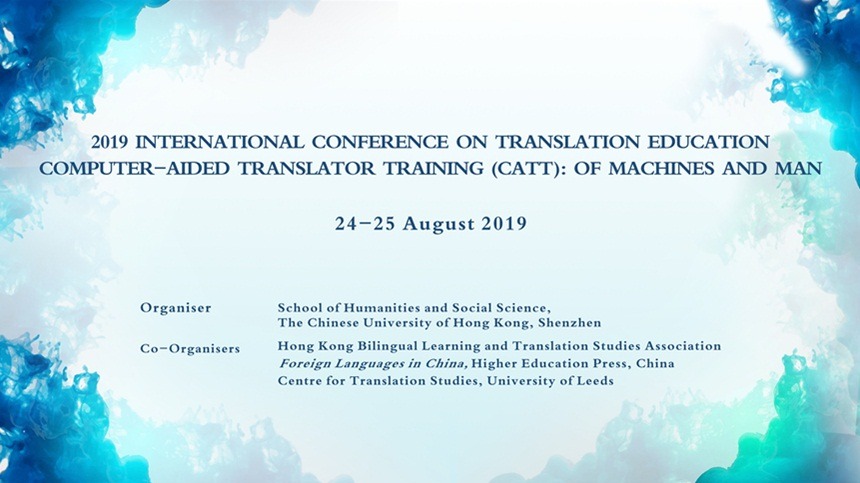Integration of CAT and language resources into CATT through digital humanities research infrastructures-Vesna LUSICKY
人工智能时代口译技术应用研究
王华树 | 国内首部聚焦口译技术应用和教学的著作
新书推荐
口笔译教育与评价国际论坛 二号公告
在厦门大学百年校庆之际,邀您齐聚厦门、共襄盛举
论坛推荐

2019年第二届翻译教育国际研讨会
机助译员训练 (CATT): 人机之间
观看大会全程直播盛况
Vesna LUSICKY
Centre for Translation Studies, University of Vienna
CAT tools and language resources (corpora, termbases, etc.) have become an inseparable part of translator training. They are part of technology-oriented courses that focus on CAT tools, but are also increasingly being integrated horizontally in non-technological subjects. This integration presents several challenges, such as technical infrastructure (distributed networks, collaboration in the cloud, etc.) and the availability of language resources, especially in multilingual translation training programmes. Computer-aided translator training (CATT), such as e-learning and blended-learning, has brought the second major overhaul in learning and teaching strategies.
In terms of research in translation studies, the scholarly community has witnessed research becoming more collaborative and more dependent on collaborative technology and long-term data preservation. These developments can be positioned in the broader scope of digital humanities with co-investigation in distributed research projects, and sharing and reusing of language resources and tools in digital repositories and infrastructures. Several digital research infrastructures have emerged in humanities to allow access and reuse of language resources and tools shared over a network of distributed centers (e.g. CLARIN in Europe).
Digital humanities research infrastructures, especially repositories, offer potential for integration into translator training. However, the integration into translator training poses some challenges, especially in terms of the organizational and technical framework, and requires the introduction of new topics into translator training. We propose CAT and language resources as the basis of convergence of digital humanities infrastructures and translator training. We present the design, construction and implementation of the integration of technology and language resources from research infrastructures in the MA-programme at the Centre for Translation Studies at the University of Vienna. We report the results of the integration, in particular in achieving the technology and information-mining sub-competences of the European Master in Translation (EMT) competence framework, and discuss the requirements for the convergence.
《2019翻译教育国际论坛》专题栏目
相关推荐
★★★★★ 5/5






